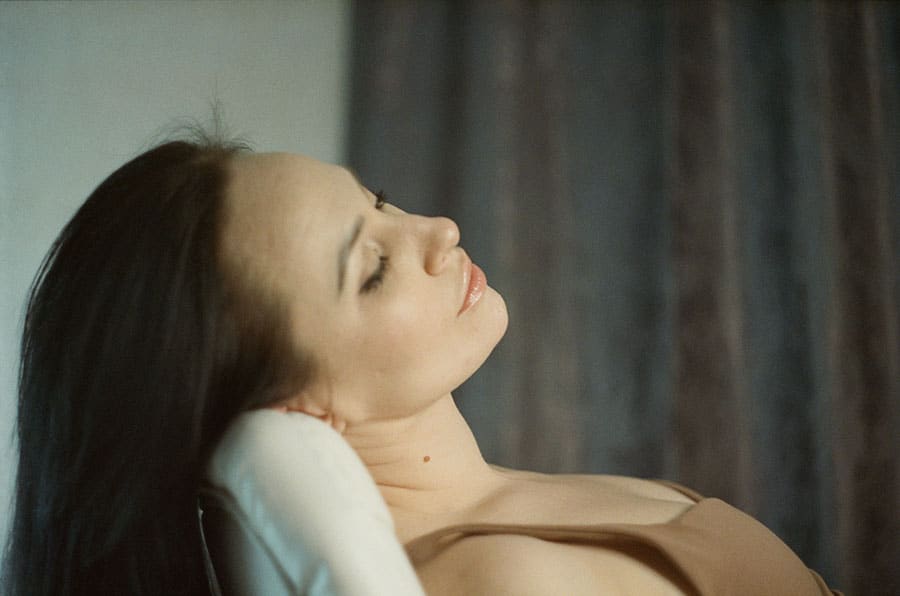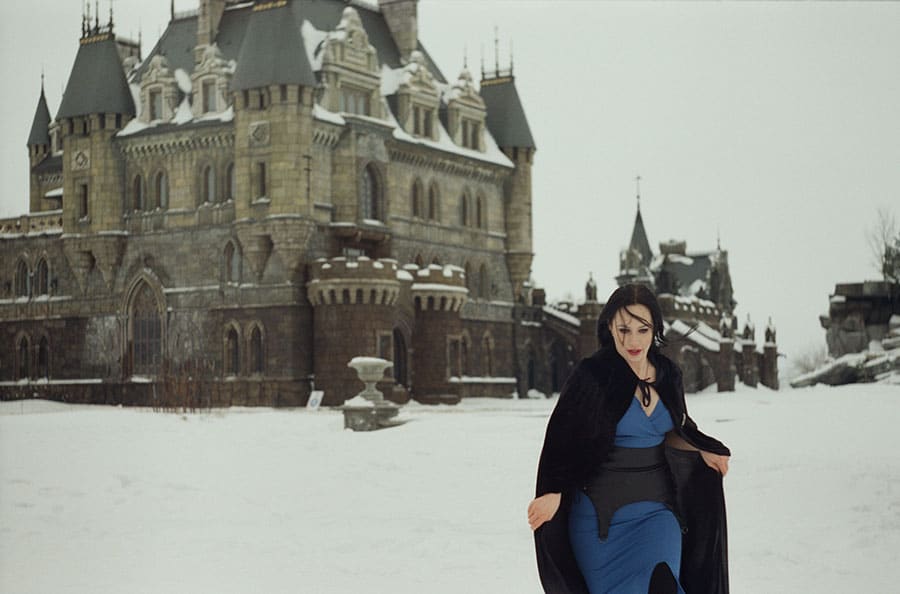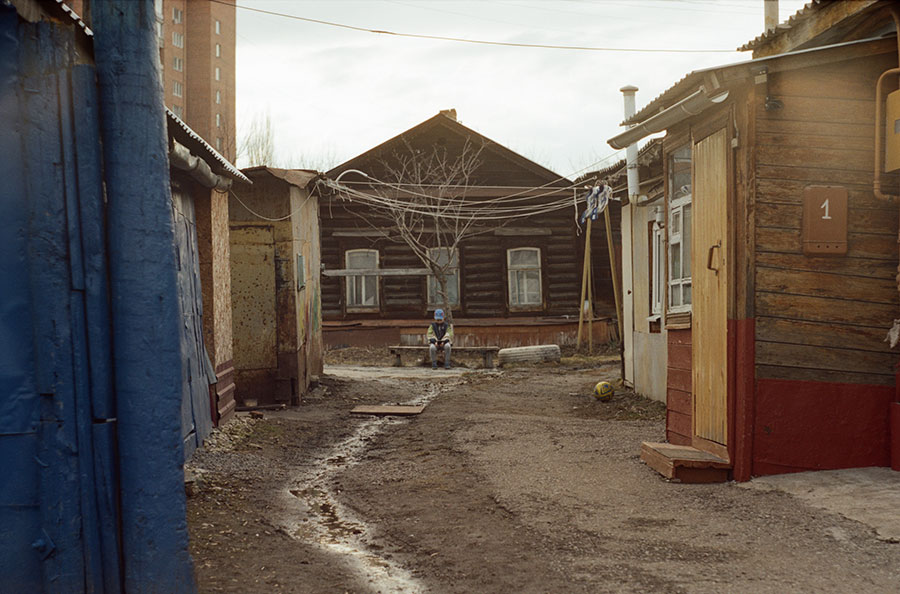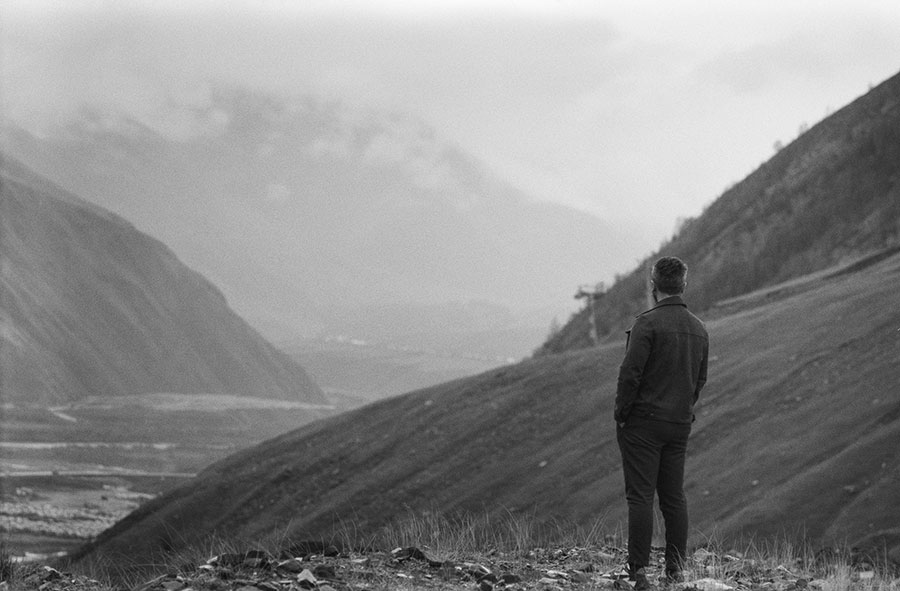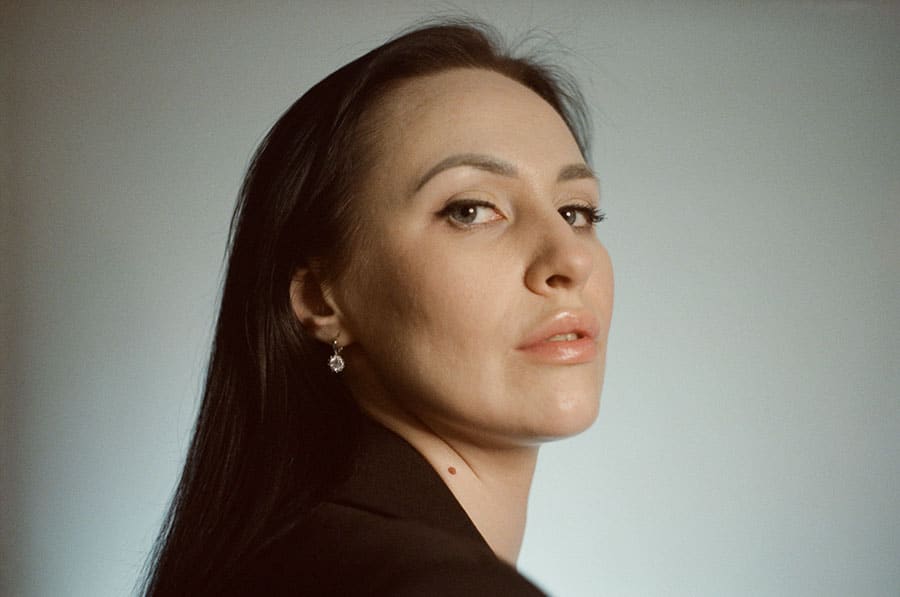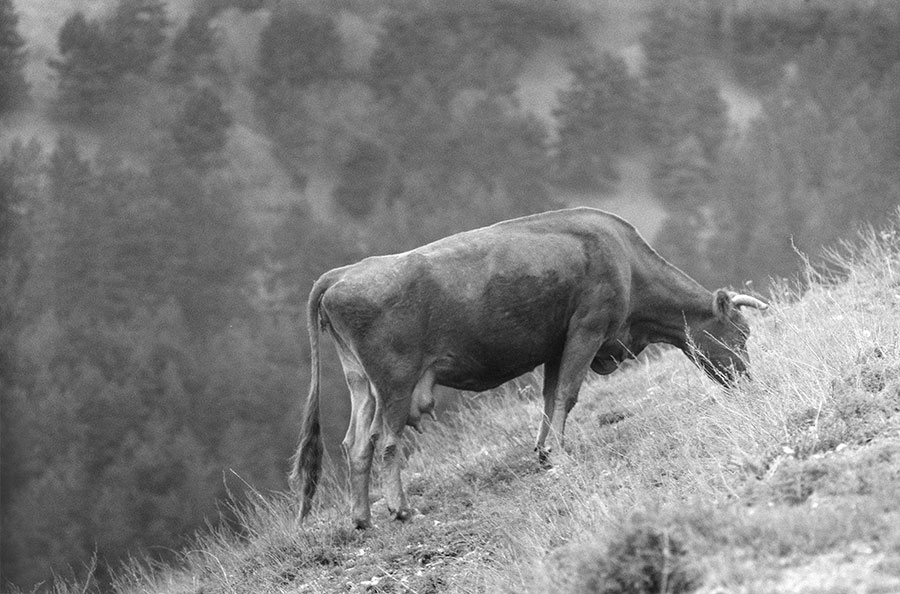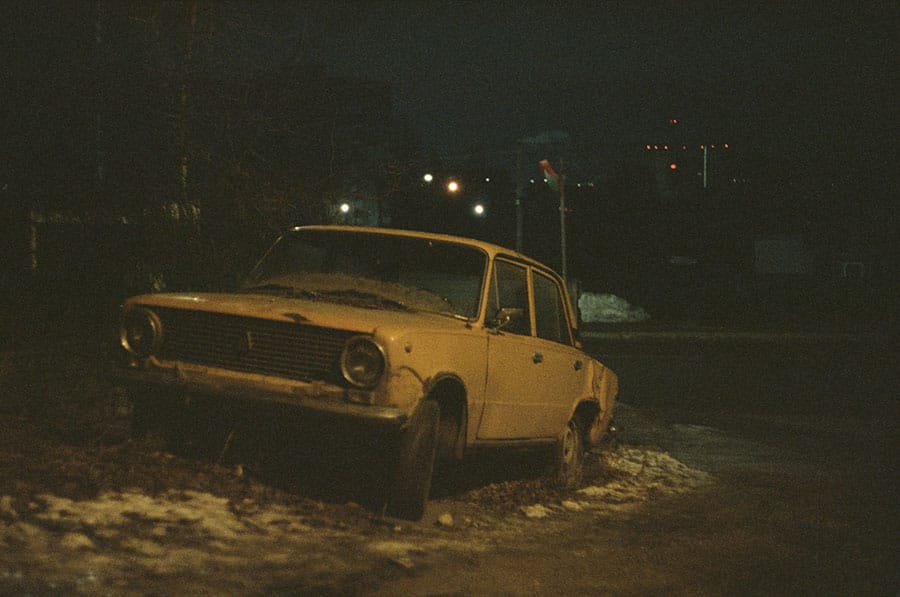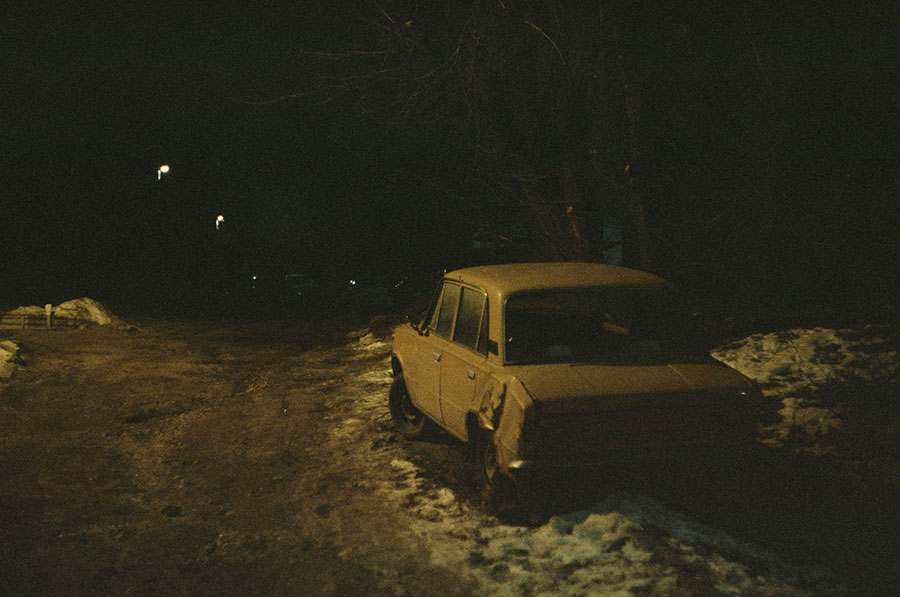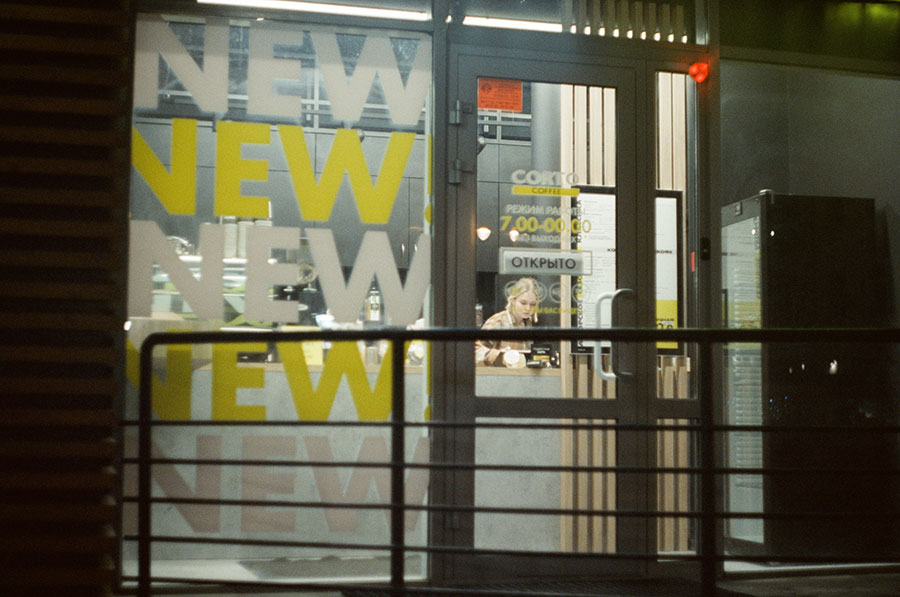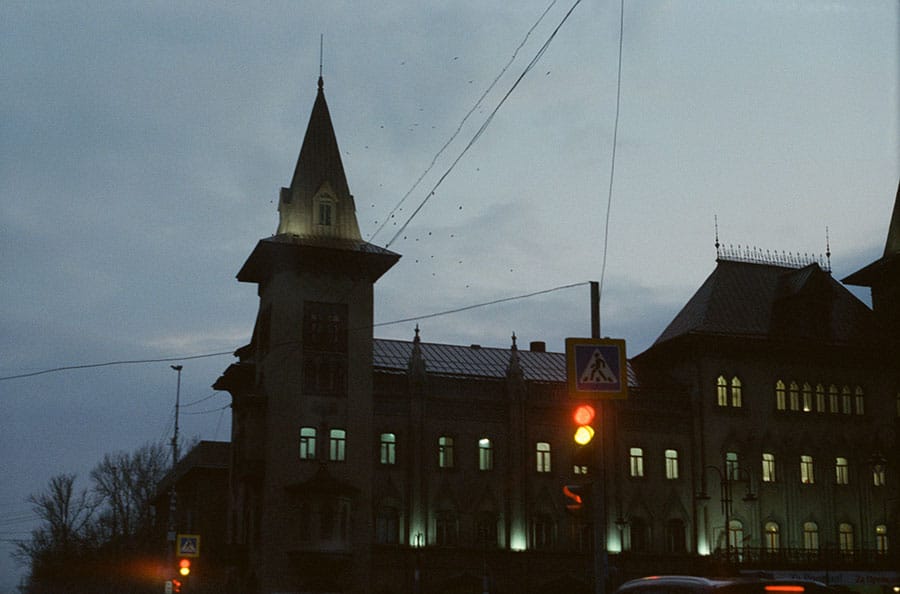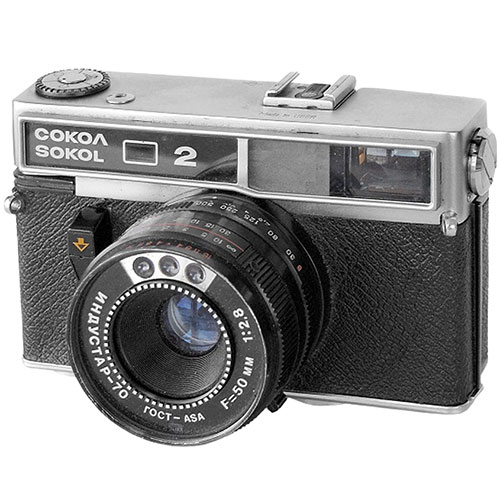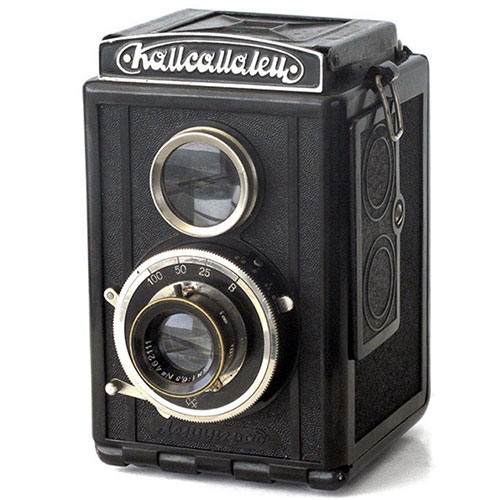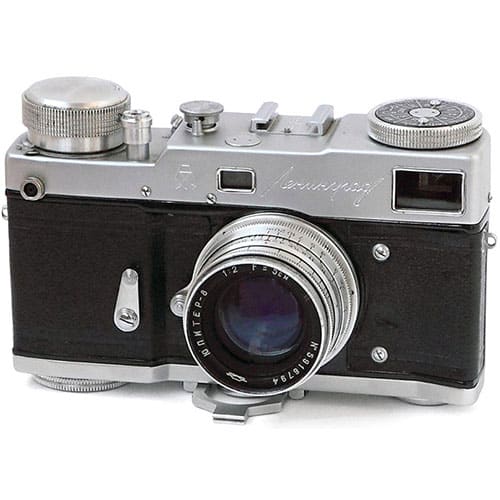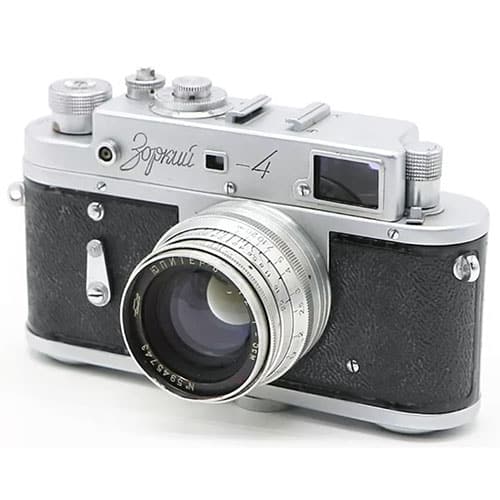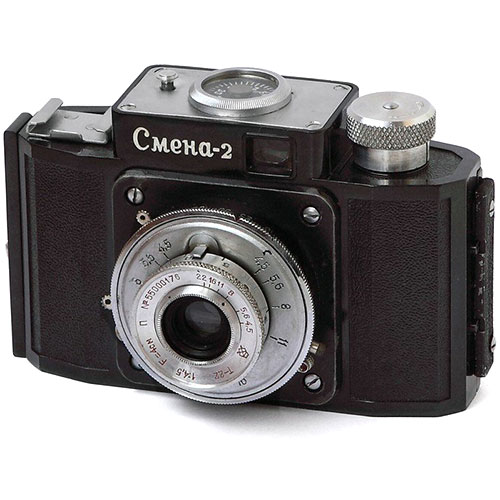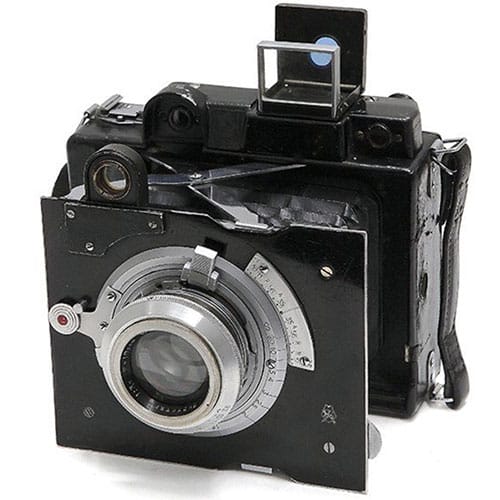Zenit-AM
Zenit-AM and Zenit-AM2 are 35mm film Soviet SLR cameras with a TTL light metering and one automatic exposure control mode.
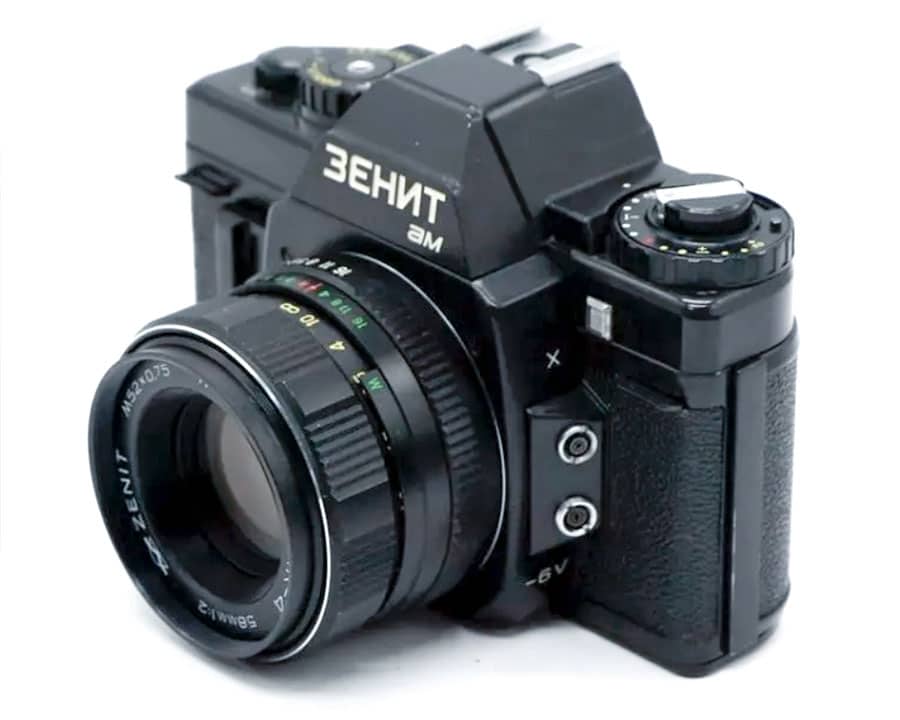
In fact, the only difference between Zenit-AM2 and Zenit-AM is the lack of a self-timer in Zenit-AM2. These two Soviet cameras have no other differences between themselves.
Zenit-AM2 Specifications
- Type: 35mm SLR camera
- Manufacturer: BelOMO plant
- Production period: from 1989 to 1999
- Format: 24x36cm on 135 film
- Lens mount: Pentax K-mount
- Lens: Helios-44k-4 f2.0/58
- Viewfinder image field size: 23×35mm
- Shutter: focal-plane shutter with speeds from 1 to 1/1000 sec.
- Viewfinder: SLR with non-removable pentaprism
- Lighmeter: built-in TTL light meter
- Flash synchronisation: sync socket “X”, sync speeds from 1/125 s and longer.
- Selftimer: mechanical
- Weight: 860 grams
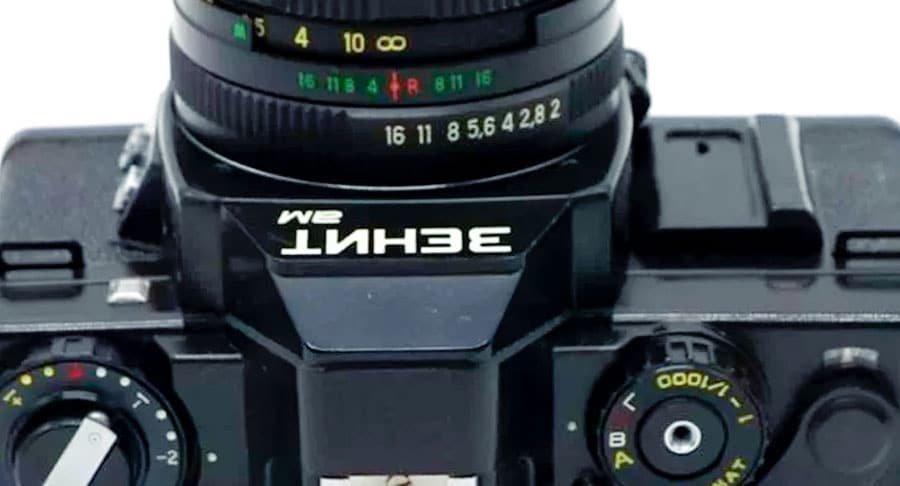
Despite the fact that these cameras were not produced in very large quantities, nowadays it is quite easy to find them in fairly good, or even perfect condition. In fact, these cameras can be called the pinnacle of the Soviet photographic industry, because they had many advanced features, such as fully automatic mode, a good exposure meter, a convenient and bright viewfinder, and so on.
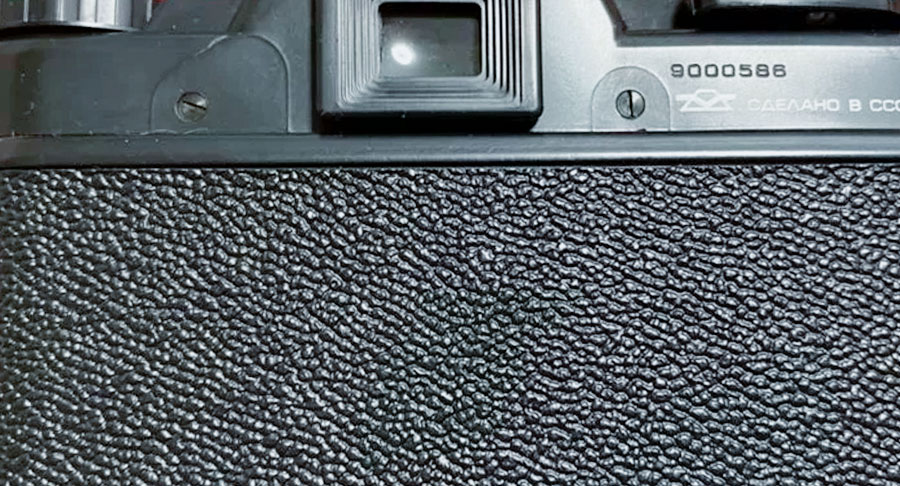
Zenit-Am and AM2 cameras were equipped with a Helios-44K-4 f2.0/58 or Helios-77k4 f1.8/50 lens. Both of these lenses are worthy representatives of Soviet engineering. They have good sharpness and classic Helios (Planar) bokeh.
In addition to these lenses, you can easily use M42 mount lenses on these cameras using the adapter that came with the cameras.
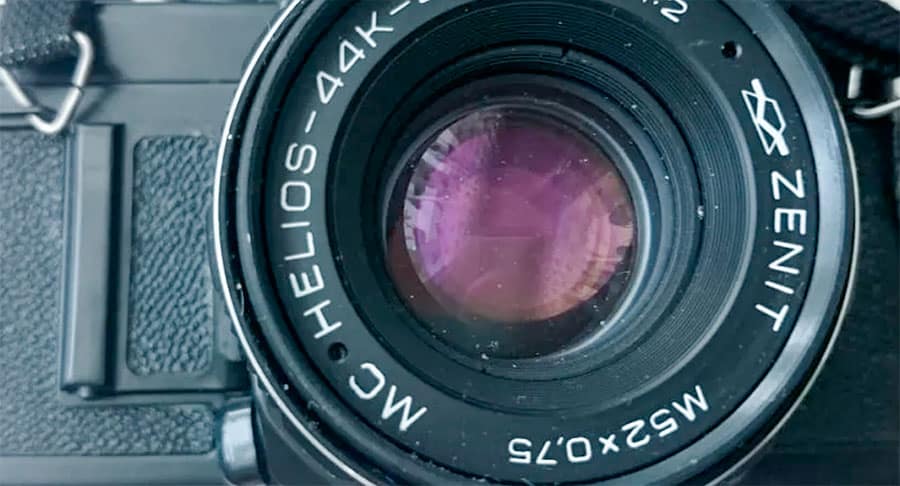
The cameras have a shutter with metal curtains, which works out shutter speeds from 1 second to 1/1000 seconds. What can be said about this shutter? In fact, this is one of the best, if not the best Soviet shutter.
Compared to cameras like the Zenit-122 or the Kiev-19, where the maximum shutter speed was only 1/500 sec, 1/1000 is truly outstanding for the Soviet industry. Just in case, we will mention that the standard maximum speeds on Japanese or German cameras of those years were 1/4000 sec.
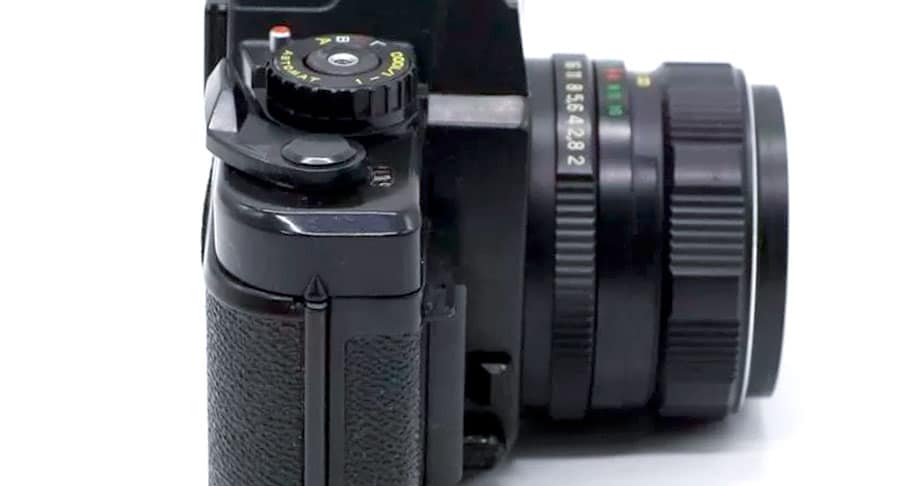
The Zenit-Am and-AM2 cameras had a large and clear viewfinder with split-image and a microprism. In addition, 95% of the future image was visible in the viewfinder, which was also an outstanding result compared to cameras such as the Zenit-12xp.
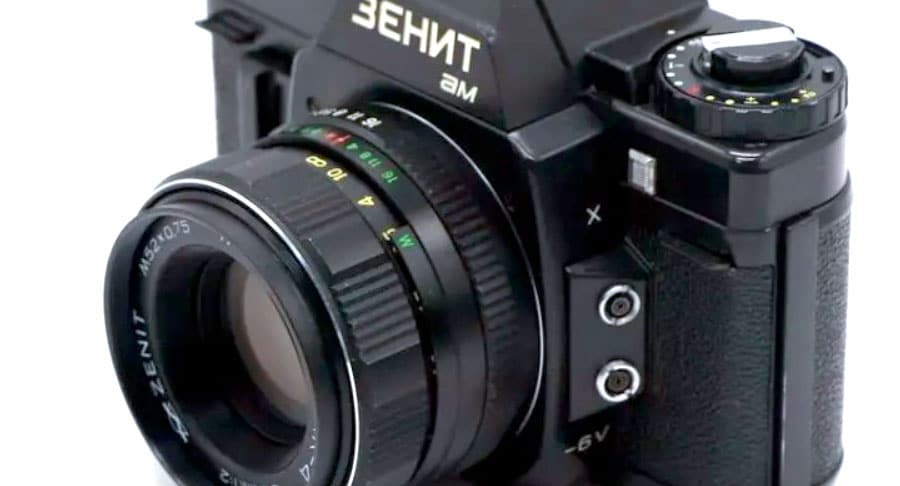
Conclusion
Zenit-AM and AM2 can rightfully be called one of the most advanced cameras of the Soviet era. In these cameras, everything that could be film cameras at that time was collected.
We can safely recommend these cameras for those amateur photographers who want to get acquainted with film photography without any problems, because in these cameras the automation does almost everything for you.
ZENIT-AM PHOTOS
